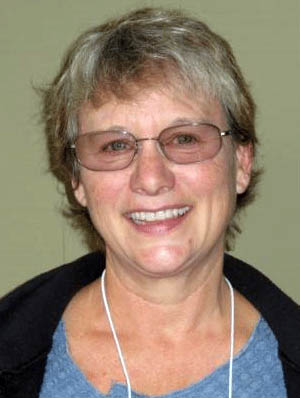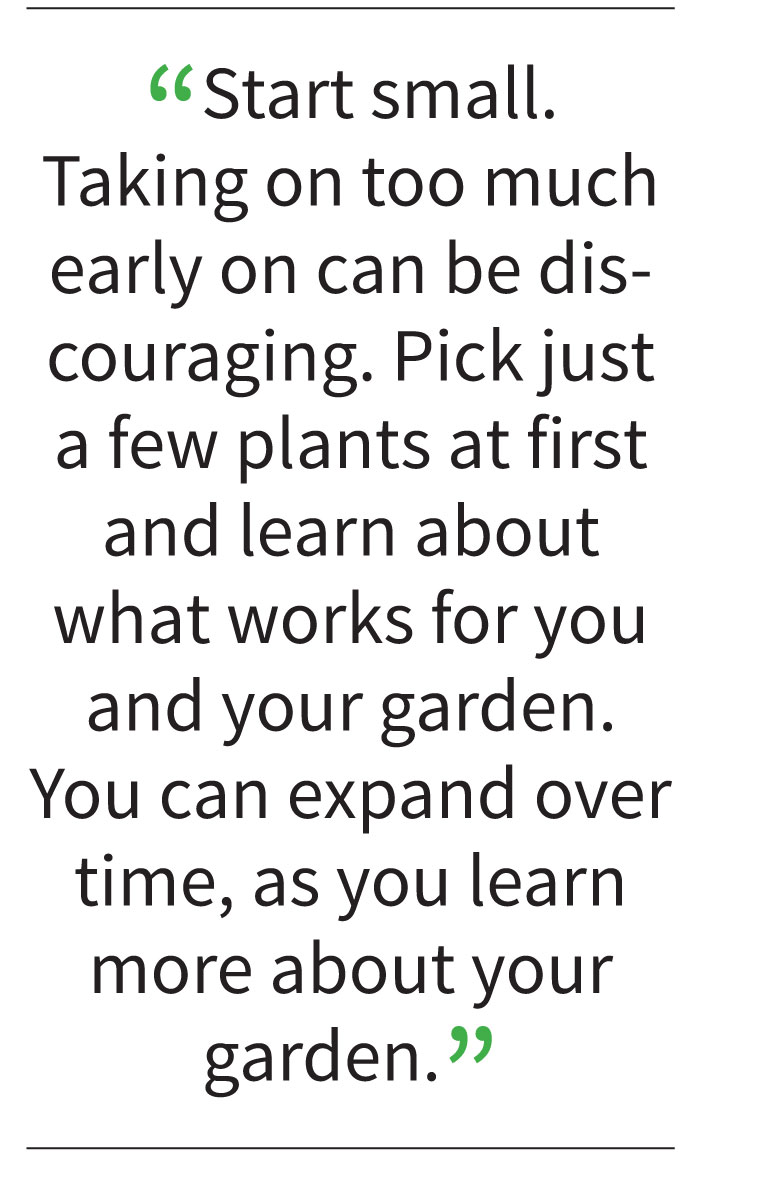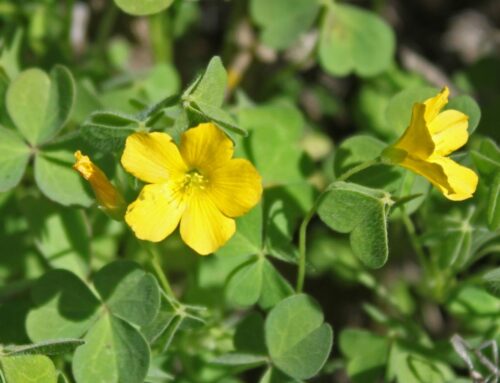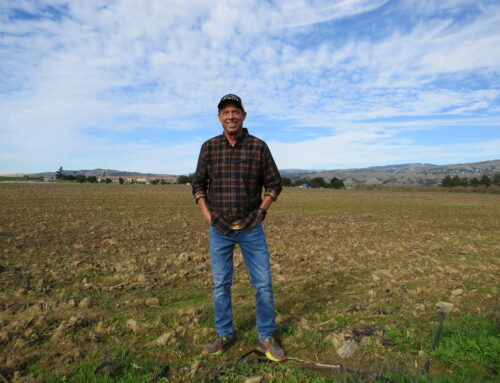Putting plants in the wrong location is a waste of time and money
By Kate Russell

Kate Russell
Morgan Hill is the perfect place to learn how to garden. There is plenty of sunshine, nutrient-rich soil, and mild winters mean you can garden year-round. Use these tips to help your first garden be a successful one. Before you fire up a rototiller, there are other ways to make your garden something you always dreamed it would be.
Start with an affordable soil test from a reputable lab. Soil tests tell you what is in your soil. This ensures that you only add what, if anything, is actually needed. Simply adding fertilizer blindly can create nutrient imbalances that make it difficult for plants to absorb the important nutrients they need.
Prepare growing areas by cutting down weeds and other unwanted plants. Until recently, cardboard was recommended to block weeds. We now know that cardboard and newspaper attract termites and voles.
Instead, contact a local arborist and ask about a free load of wood chips. Mulching with a four-inch layer of wood chips stabilizes soil temperatures, retains moisture, blocks weeds, and improves soil structure. Mulching with wood chips is one of the best things you can do for your soil, and it’s free. Instead of digging, which damages important soil microorganisms, only dig to install plants. Skip the rototiller.
 Next, determine how much sunlight each area gets. Words like “partial shade” or “full sun” on seed packets and plant labels are important. Full sun means eight or more hours of direct sunlight every day. Partial sun means four to six hours of sunlight in the afternoon. Partial shade means four hours of morning sun. Shade means bright dappled sun all day or two hours of direct morning sun.
Next, determine how much sunlight each area gets. Words like “partial shade” or “full sun” on seed packets and plant labels are important. Full sun means eight or more hours of direct sunlight every day. Partial sun means four to six hours of sunlight in the afternoon. Partial shade means four hours of morning sun. Shade means bright dappled sun all day or two hours of direct morning sun.
Putting plants in the wrong location is a waste of time and money. Most Morgan Hill properties are in Hardiness Zone 9b — which means that the plant can withstand a minimum temperature of 30.2 degrees to 39.0 degrees — which can also help with plant selection.
Contact your local Master Gardeners or County Extension Office for recommendations. They have put a lot of research into determining what grows well in your area. They also have plant specific growing, pest, and disease information. There’s no sense re-inventing the wheel, right?
Start small. Taking on too much early on can be discouraging. Pick just a few plants at first and learn about what works for you and your garden. You can expand over time, as you learn more about your garden.
Taking care of a garden requires effort and water. Speaking of water, avoid overhead watering, which can encourage many fungal diseases that are difficult to get rid of, once they are in place.
Finally, resist the urge to use grocery store plants and seeds in your garden. While it seems convenient and inexpensive, these plants are not certified disease- or pathogen-free. While safe to eat, adding these plants to your garden can introduce pests and diseases that may take years to resolve. Start and stay with healthy plants. What will you grow in your Morgan Hill garden? It’s all up to you.
Kate Russell is a UCCE Master Gardener in Santa Clara County. For more information, visit mgsantaclara.ucanr.edu or call (408) 282-3105 between 9:30 a.m. to 12:30 p.m., Monday through Friday.




